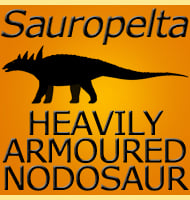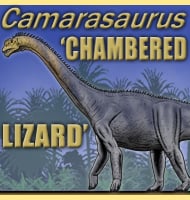In Depth
Carolinacetus is a genus of protocetid whale known to have lived around what is now South Carolina during the later half of the Eocene. Carolinacetus appears to have been slightly larger than other protocetids such as Georgiacetus, while also being one of the more primitive protocetid genera known from North America.
Further Reading
- A new protocetid whale (Cetacea: Archaeoceti) from the late middle Eocene of South Carolina. - American Museum Novitates 3480:1-65 - J. H. Geisler, A. E. Sanders & Z. Luo - 2005.









